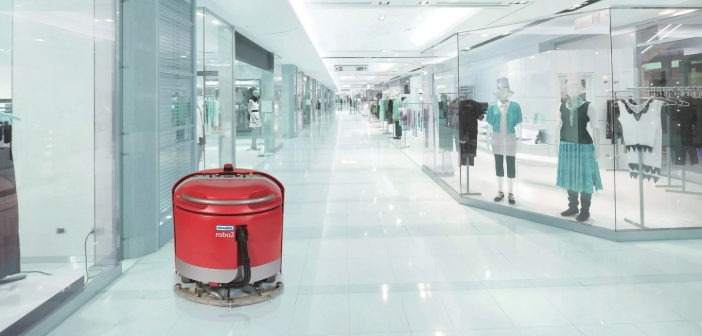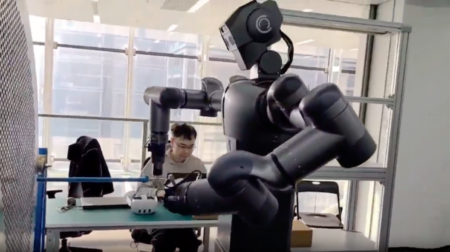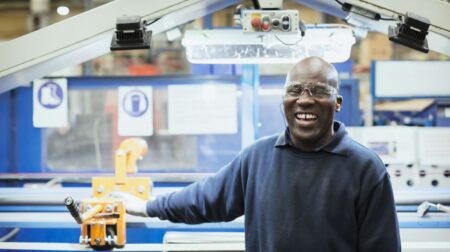The International Federation of Robotics (IFR) has revealed the top five robot trends in 2022, with it predicting that technology with new feature will “capture new areas”.
IFR’s latest trend report forecasts that robots will be adopted by new industries this year. It said segments that are relatively new to automation are rapidly adopting robots. Consumer behaviour is driving companies to address demand for personalisation of both products and delivery.
The e-commerce revolution was driven by the pandemic and will continue to accelerate in 2022, the report suggested. There are thousands of robots installed worldwide today that did not exist in this segment just five years ago.
To address labour shortages, companies that have not previously considered automation will reconsider. Businesses that rely on service workers, such as retail and restaurants, are unable to fill job openings, and as a result, we can expect to see them invest in automation to meet patrons’ needs.
IFR added relatively new robotics customer industries like delivery and logistics, construction and agriculture could benefit from technologies advancing by the day. It also stressed that robotics are becoming easier to use.
It found a trend towards user interfaces that allow simple icon-driven programming and the manual guidance of robots. Robot companies and some third-party suppliers are bundling hardware packages together with software to ease implementation. This trend may seem simple, but offerings that focus on complete ecosystems are adding tremendous value by reducing the effort and the time to operation, the report added.
The trend for low-cost robotics also comes with easy setup and installation, with specific applications pre-configured in some instances. Suppliers offer standard programs combined with grippers, sensors, and controllers.
Additionally, companies are looking to train and up-skill workers to collaborate with technology. IFR said new training opportunities with robotics are a win-win strategy for companies and employees alike: Dull, dirty, and dangerous tasks get automated while people learn key skills for the industrial workplace of the future and increase their earning potential throughout their careers.
While machine vision, motion control, and motors are also seeing big increases. “The pandemic and the resulting disruptions to supply chains and labour availability appear to have been the push that many needed to justify the investment,” said Dr. Susanne Bieller, general secretary of the IFR.
“The companies most likely to invest in automation are those that have been considering it for a while but just hadn’t taken the final step.”
AI for robotics is maturing and learning robots are becoming mainstream. The industry is past the pilot phase, and we can expect to see a larger deployment of these technologies in 2022, the IFR concluded.








